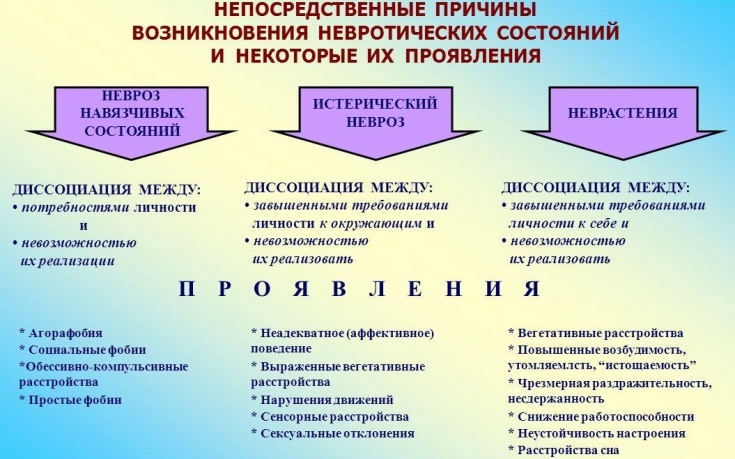In the practice of dermatologists, cosmetologists often meet patients with disorders of neurotic and psychotic spectrums. Timely recognition of mental pathology, which may be the main cause of self-destructive skin lesions, is a key aspect of the treatment of such individuals.
In this article on estet-portal.com we will consider the most common groups of psychogenic dermatosis, known under the general name «pathomimia». For more information about what pathomimia is, as well as what types of psychogenic dermatoses a dermatologist or cosmetologist may encounter in their practice, read on estet-portal.com in this article.
Patomimia can be a consequence of neurotic and psychotic disorders
Patomime – these are skin lesions that the patient inflicts on himself due to the presence of a mental disorder. Patomimia often resembles dermatosis of another etiology, which is why its diagnosis may be associated with some diagnostic difficulties. Known case where pathomymia was not recognized by doctors for more than 18 years.
Patients can harm themselves both unknowingly (neurotic spectrum of mental disorders, dementia, mental retardation) and intentionally (schizophrenia, psychopathy).
You may be interested in: Iron deficiency anemia – insidious killer of beauty and health
Patomymia: what are the causes of skin self-injury in patients
There is no generally accepted classification of psychogenic dermatosis in our time. Among all the reasons that can lead to the development of self-damage of the skin and its appendages, the following groups are distinguished:
1.
2. Self-injury of the skin in psychopathic personalities, committed unconsciously or consciously in patients with neurotic spectrum disorders or psychopathy (anxious personalities);
3. Self-injury of the skin in patients with severe intellectual impairment (patients with mental retardation, dementia);
4. Skin self-harm in patients with chronic psychotic disorders (paranoid schizophrenia);
Of course, this is not a complete list of all those mental disorders, the presence of which in a patient may be the reason for contacting a dermatocosmetologist.
Follow us on Telegram
Pathomimy: definition of neurotic excoriations and dermatomania
The most common types of psychogenic dermatoses that can be encountered in the practice of dermatologists and cosmetologists are discussed below.
Neurotic excoriations are the most common manifestation of auto-aggression in these patients. They arise as a result of patients experiencing strong negative emotional reactions or severe overwork, which leads to the development of a characteristic neurosis. Often found in mentally healthy individuals with a tendency to develop neurotic reactions in response to emotional events.

Dermatomania – mental disorder, which consists in the presence of an obsessive desire of the patient to inflict self-harm on the skin or its appendages. There are the following types of dermatomania:
1. Trichotillomania – obsessive desire to pull out hair from the scalp, as well as eyelashes, eyebrows and other parts of the body;
2. Dermatotlasia – an obsessive state with a desire to cause irritation of the skin by rubbing, pinching, which leads to excoriations and lichenifications.
Dermatomania is based on the so-called parabulia – pathology of volitional processes in a patient.
The above psychogenic disorders are most often found in obsessive-compulsive disorder, but may indicate that the patient has a psychotic spectrum disorder (schizophrenia).
Read also: Modern approaches to the treatment of warts: the most effective methods
Patomimia may be a reason for referring a patient to a psychiatrist
Acnephobia – one of the most common reasons young people visit dermatologists. This term refers to a fairly well-known phenomenon: "extrusion"; imagined acne patients. In such cases, the skin elements are represented by multiple scratches, small scars, areas of hyperpigmentation. Favorite localization – skin of the forehead, cheeks, chin and chest.
The states listed above – this is not a complete list of all possible psychogenic dermatoses.
The dermatologist-cosmetologist should always be alert to the possibility that the patient has a mental cause of dermatosis.
If the necessary measures are not taken to eliminate the psychogenic factor, the likelihood of effective treatment of such dermatoses is very small.
It is important to be able to correctly collect an anamnesis of the patient's life, delicately learn about the details of his life, possible stressful situations. The doctor must perceive not only the individual symptoms of the disease, but the entire patient, including the features of his mental response.
Often, just a competent and frank conversation with the patient about the true nature of his dermatosis is enough to eliminate his recurrence in the future.
But in some cases, such patients need to be referred in time for a consultation with a psychiatrist or psychotherapist.
Thank you for staying with estet-portal.com. Read other interesting articles in the "Dermatology" section. You might also be interested in: The secret of hypersensitivity in patients with systemic lupus erythematosus has been solved.







Add a comment